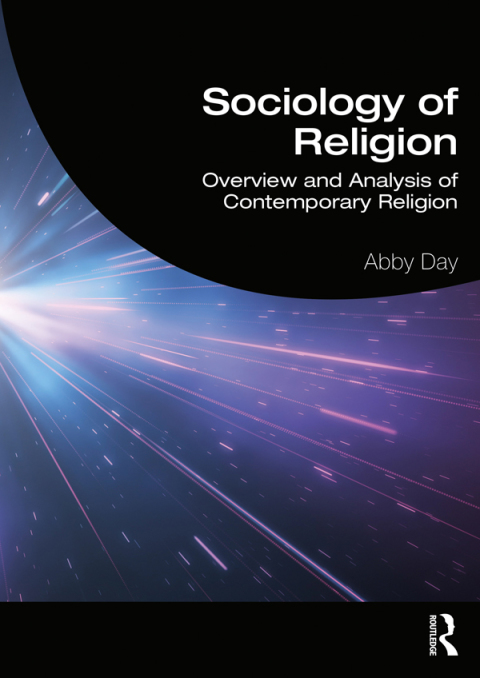Description
Efnisyfirlit
- Cover
- Half Title
- Title Page
- Copyright Page
- Contents
- Preface
- Part I Mapping the field
- Chapter 1 What is a sociology of religion?
- Inventing sociology
- Materialism and the social
- From material to meaning
- Durkheim and the social collective
- The function of religion
- Notes
- Indicative reading
- Chapter 2 How do we know what we know?
- Introduction
- Religion is ‘man’ made
- Questioning the questioner
- Sociology of religion and ethnography
- Asking questions
- Surveys
- Ethics and method
- Note
- Indicative reading
- Chapter 3 The contemporary religious landscape: Retreat, reinvention and resurgence
- Introduction
- Retreat
- Reinvention
- New religious movements
- Resurgence
- Notes
- Indicative reading
- Part II Religion and its publics
- Chapter 4 Politics and religion
- Introduction
- Locating the study of politics and religion
- At stake is the state: sharing the load
- Religion and nationalism
- Religion and politics by census
- Notes
- Indicative reading
- Chapter 5 Violence and crime
- Introduction
- Defining religious violence
- Religious genocide
- Religious terrorism
- Suicide bombing
- Religious response to crime
- Creating the criminal subject
- Note
- Indicative reading
- Chapter 6 Policing religion: Religious equality, social justice and the law
- Introduction
- What are ‘human rights’?
- The public, the private: are human rights sacred?
- The role of the state in human rights
- Human rights and religion: case examples
- Right to education
- Right to work with religious beliefs
- Courts compared: the ECHR and Supreme Court (USA)
- The right to rights
- ‘Rights’ and the conservative/liberal divide
- Note
- Indicative reading
- Part III Contested borders
- Chapter 7 Gender and sexuality
- Introduction
- The body in the sociology of religion
- Defying definition
- On power
- Adapting and resisting
- Saving and surrendering ‘self’
- Note
- Indicative reading
- Chapter 8 Generations
- ‘Generation’: a contested concept
- Age and alcohol
- Age and voting
- Age and marriage
- Age and military service
- Age and religious change
- The ‘baby-boomer’ effect
- Young people retaining and reviving religion
- Religion, youth and politics
- Notes
- Indicative reading
- Chapter 9 ‘Race’, ethnicity, social class
- Introduction
- ‘Race’
- From ‘race’ to ethnicity
- Explaining racism
- Identity politics
- Social class
- Note
- Indicative reading
- Part IV Is nothing, or everything, sacred?
- Chapter 10 Religion and media
- Religion, media and changing times
- Media and the role of the state
- Digital religious spaces
- Indicative reading
- Chapter 11 Disease, disability and the religious response
- Introduction
- The religious ‘problem’
- Multiple healing agents
- Care versus cure
- Miraculous healing
- Religion, disability and stigma
- Notes
- Indicative reading
- Chapter 12 Future religion: Nones and beyond
- Introduction
- Noting the ‘nones’
- Everyday ghosts: a ‘secular’, social, sensuous supernatural
- Spiritual but not religious?
- Notes
- Indicative reading
- Index







Reviews
There are no reviews yet.